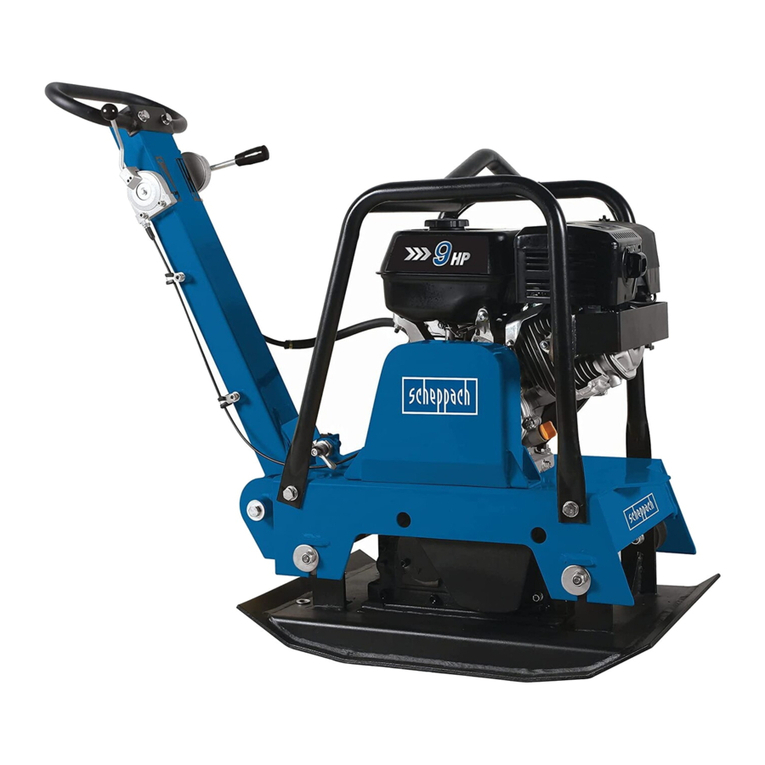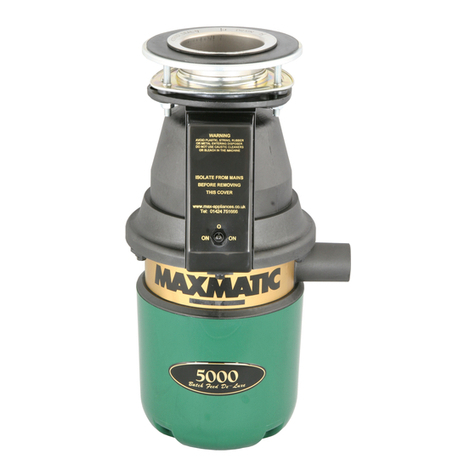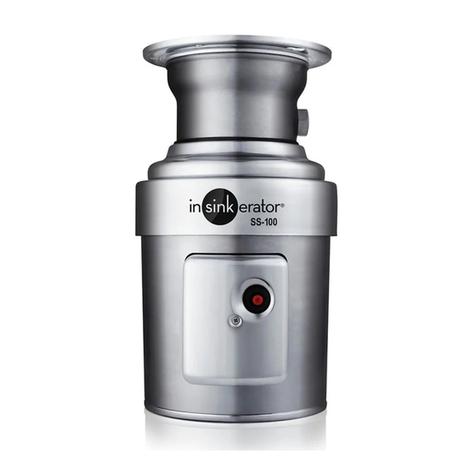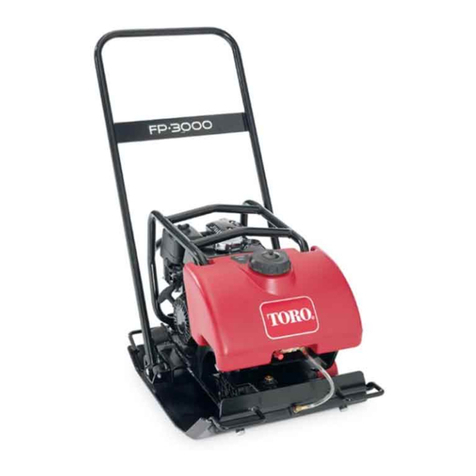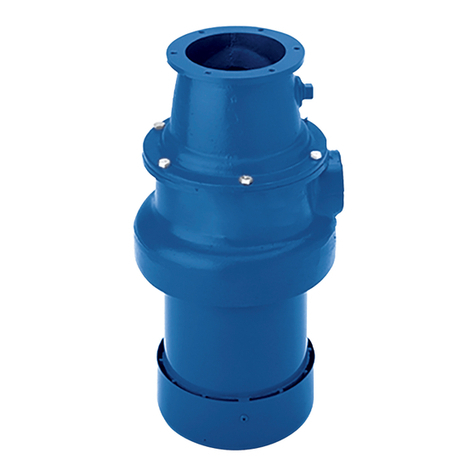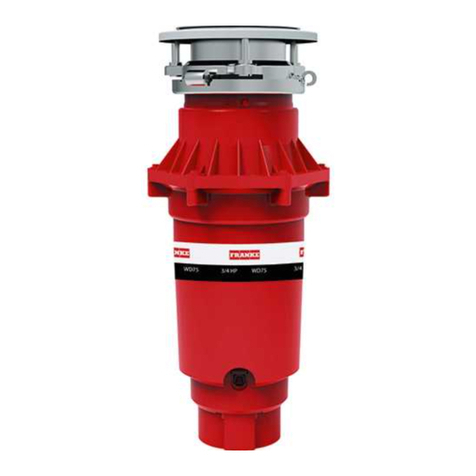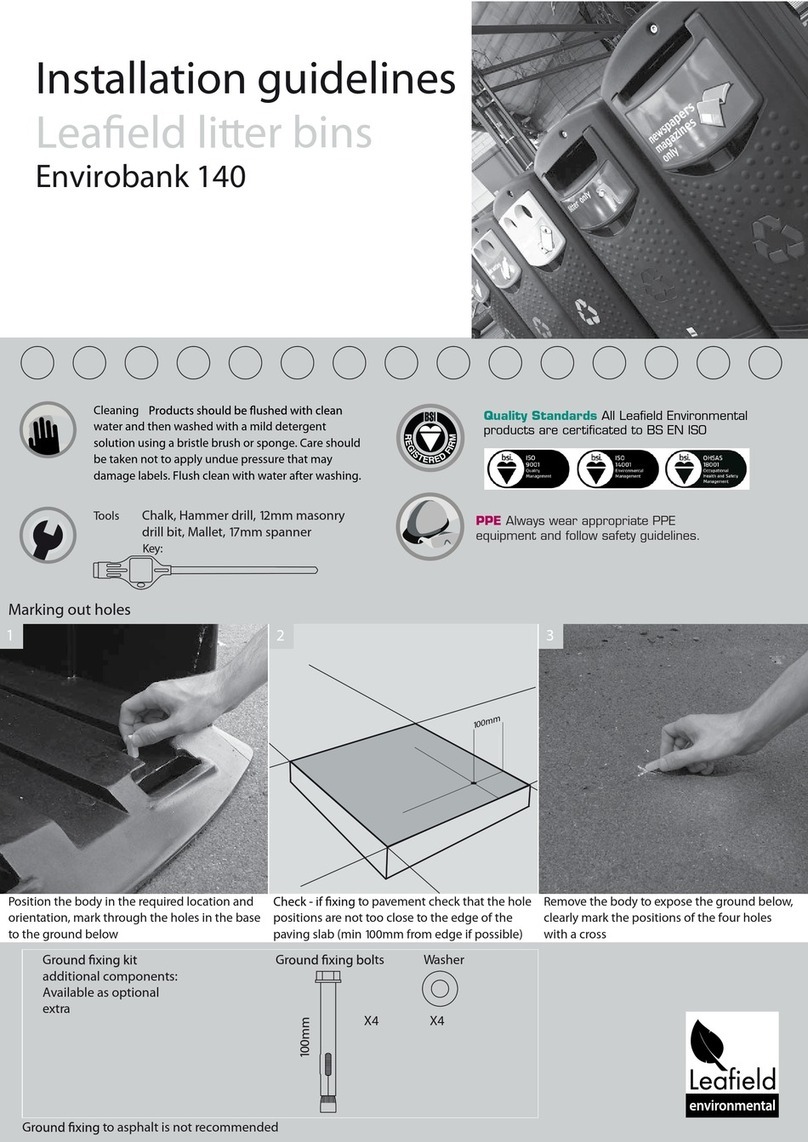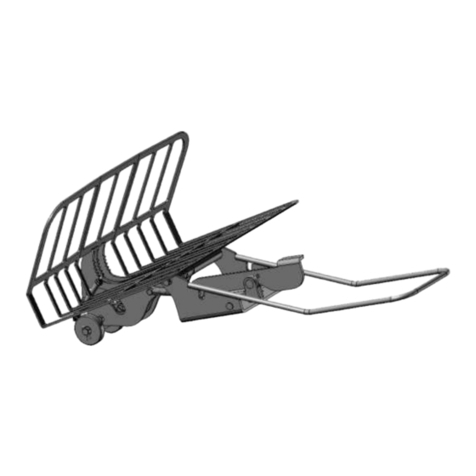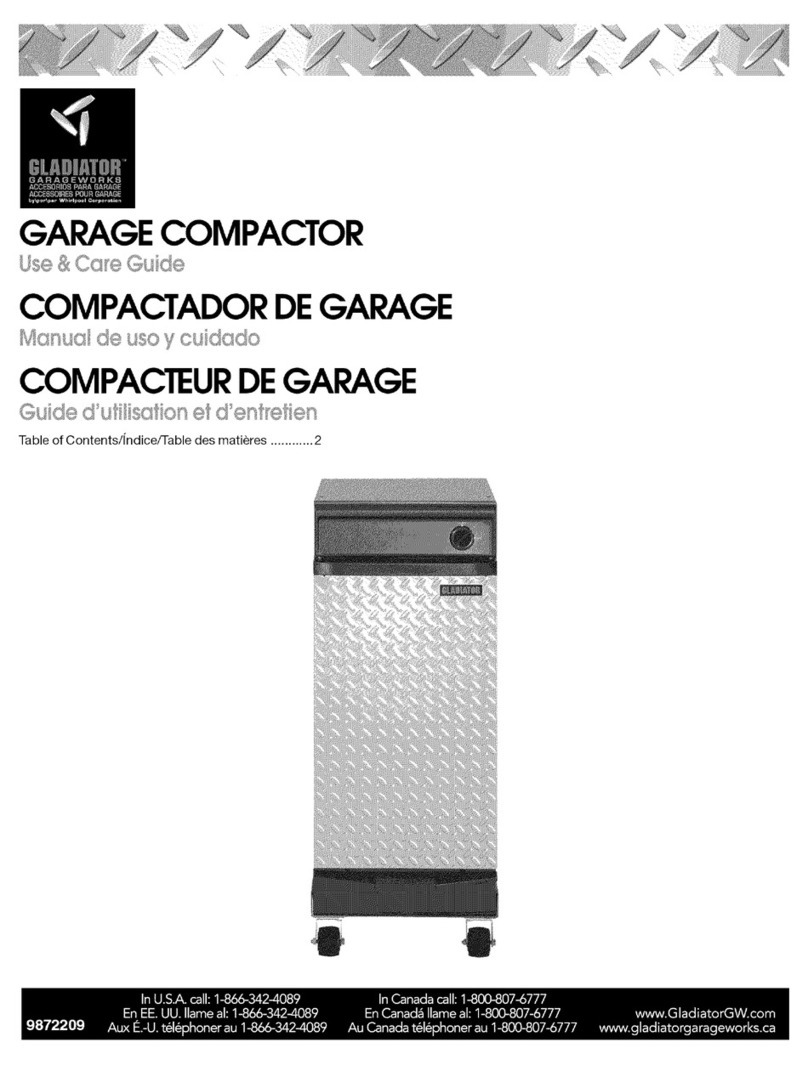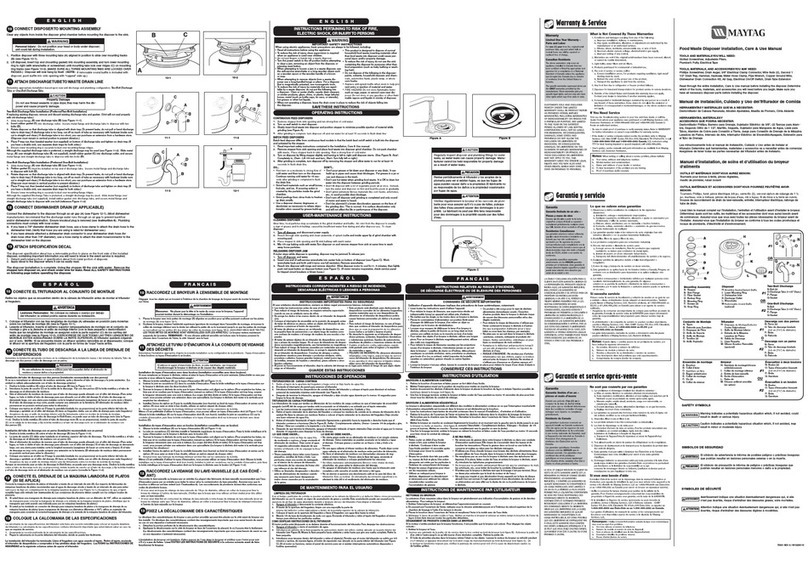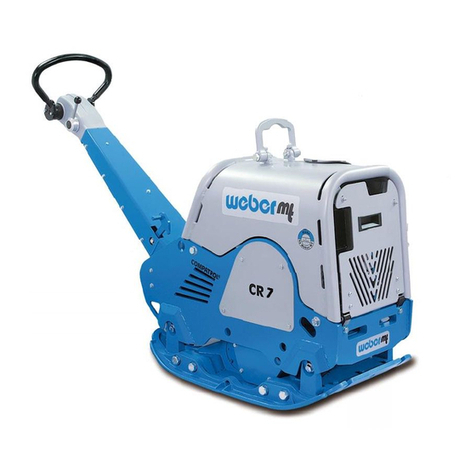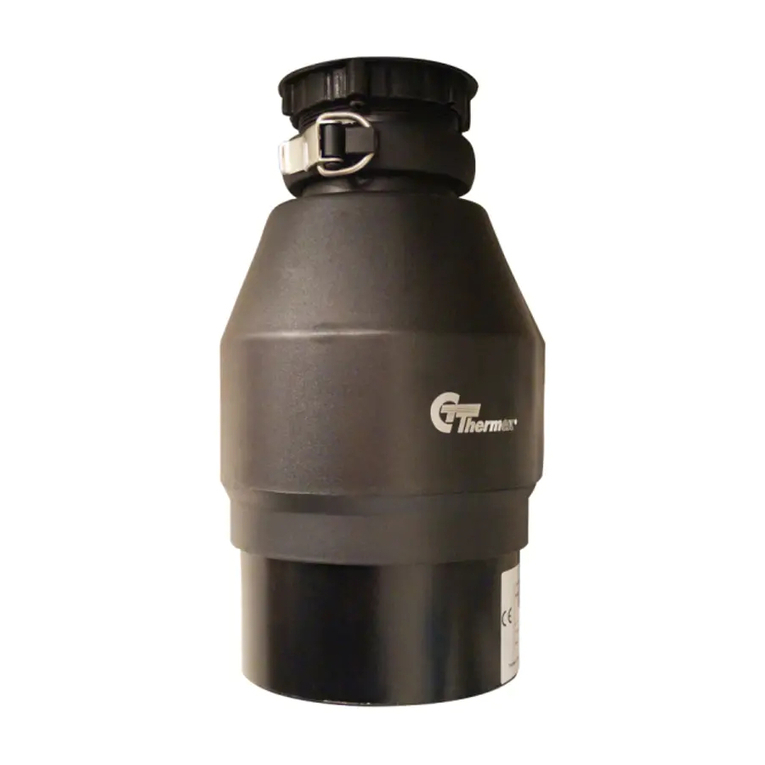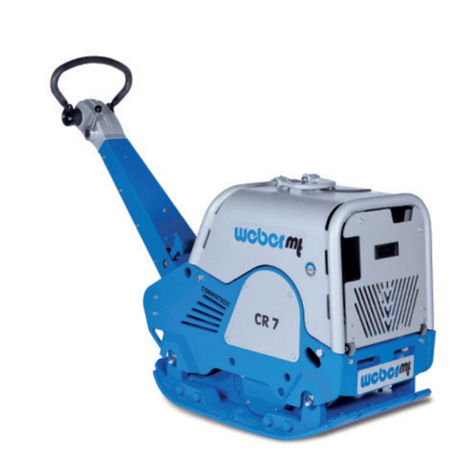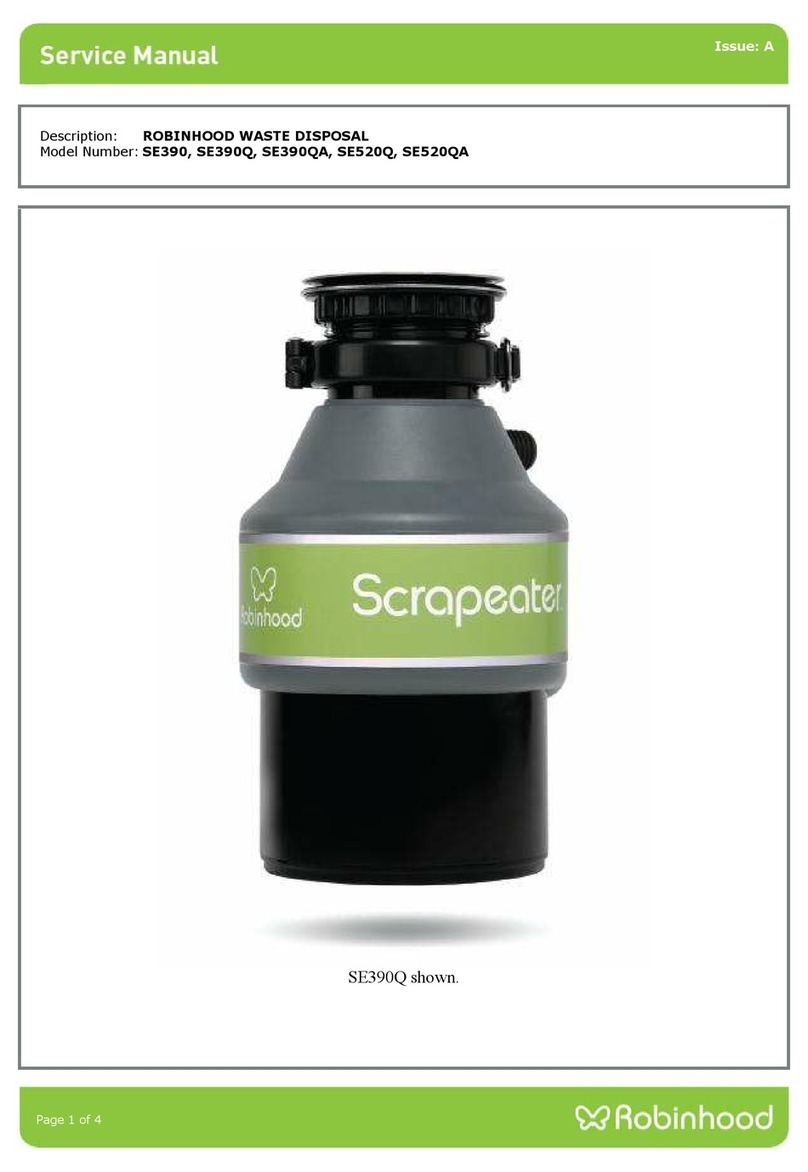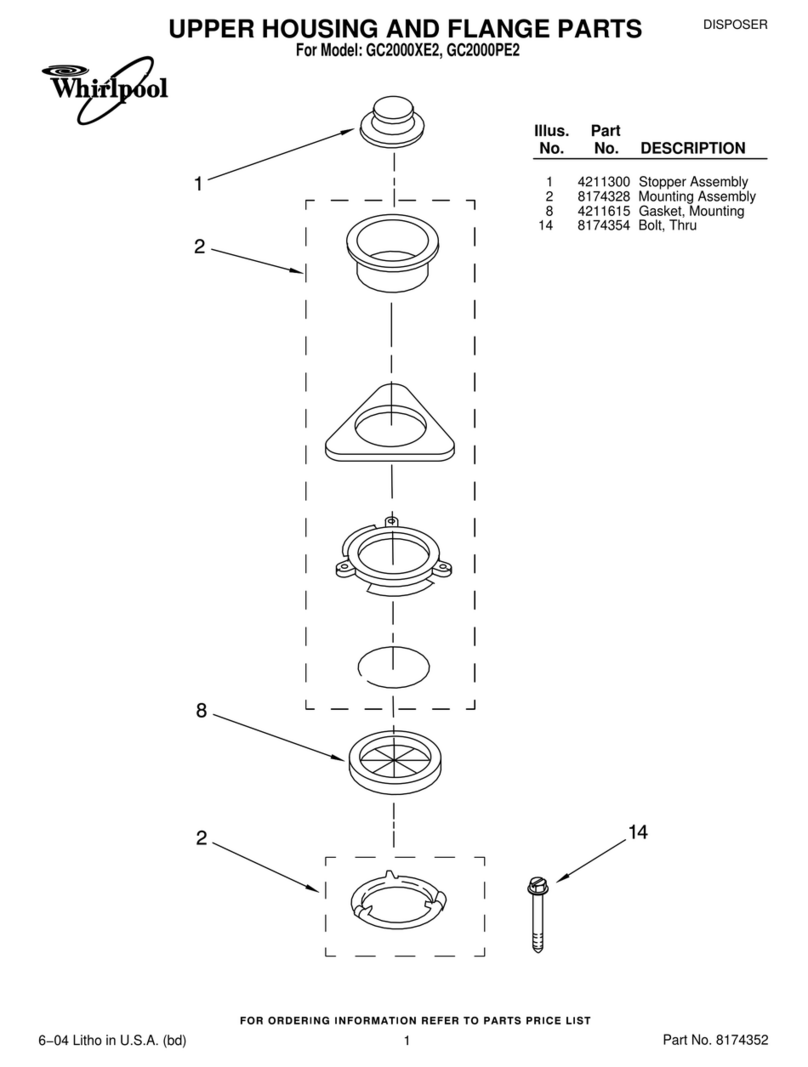
¿Qué es un triturador de desperdícios de alimentos? Es un electrodoméstico proyectado para ayudar
a eliminar los restos de alimentos de tu residencia. Los residuos alimenticios generados diariamente se
pueden eliminar fácilmente con el triturador. Solo se recomienda que las grandes cantidades de residuos se
destinen a la recolección selectiva o a compostaje.
¿Cómo funciona el triturador? Al encender el producto, el área de trituración (disco y martillos) comienza
a girar a alta velocidad. Entonces, cuando los restos de alimentos se depositan dentro del triturador,
sufren fricción con las partes del disco giratorio y se rasgan, quiebran y muelen. De esta forma, los residuos
triturados se transforman en pequeñas partículas que se llevan a la salida del alcantarillado.
La trituración de los alimentos se procesa en el disco giratorio del producto, en 3 etapas, garantizando
menos tiempo para triturar, generando partículas más chicas y facilitando la trituración de alimentos
más duros.
What is a food waste disposer? It is an appliance
designed to help with the disposal of food waste in your
home. Daily food scraps can be easily put down the food
waste disposer, even though it is recommended that larger
amounts of waste be directed to composteds or disposed
of in selective refuse collection.
How does the food waste disposer work? When you
turn the appliance on, the grinding area (ywheel and
impellers) starts spinning at high speed, so when the food
scraps are put down the garbage disposal unit, they get in
contact with the mechanism of the ywheel and are torn,
broken and grinded. Therefore, the grinded waste turns
Cómo utilizar el triturador con seguridad
How to use the food waste disposer safely
What you CAN and CAN’T grind
What is a food waste disposer and how it works
SE UEDE
NO SE PUEDE
ALLOWED
NOT ALLOWED
ORIENTACIONES
ORIENTACIONES
INSTRUCTIONS
INSTRUCTIONS
Restos de frutas,
verduras, vegetales,
alimentos, comidas y
cáscaras de huevo
Evita triturar grandes cantidades
de una sola vez.
Huesos y carozos
de fruta pequeños
(durazno, ciruela,
cereza, etc.
Pueden causar más ruido durante
la trituración, pero no perjudican
el triturador.
Alimentos brosos
(mango, banana,
alcachofa, cáscara de
maíz, puerro, apio,
etc.)
Evita triturar grandes cantidades
de una sola vez. Para esos tipos
de alimento, se recomienda usar
una salida de agua mayor y tritu-
rar alimentos más duros al mismo
tiempo. Si trituras este tipo de ali-
mento con frecuencia, la grasera
de tu residencia podrá necesitar
limpiezas más frecuentes.
Fruit, vegetable and
food scraps, as well
as leftover meals and
eggshells
Avoid grinding large amounts in one
go.
Small bones and fruit
stones (peaches,
plums, cherries, etc.)
It may produce more noise while
grinding but this will not damage the
food waste disposer.
Fibrous food
(mangoes, bananas,
artichokes, corn husks,
leeks, celery, etc.)
Avoid grinding large amounts in
one go. For this kind of food, it is
recommended to use an increased
water ow and grind more resistant
food together. If you grind this kind of
food frequently, your grease trap may
need to be cleaned more often.
ATTENTION! Before using Tramontina’s Food waste disposer, make the installation in accordance with the instruction manual that comes with the product. IT IS EXTREMELY IMPORTANT that you read
carefully all the guidelines included in this brochure and in the instruction manual.
Lo que SE PUEDE y lo que
NO SE PUEDE triturar
Cualquier residuo NO
ALIMENTICIO (papel
de cocina, ltro de
café, sachet de té,
envases de espuma,
etc.)
Puede causarle riesgos al usuario
y/o dañar el producto.
Grasas y aceites
Las grasas y aceites no se deben
desechar en el alcantarillado.
Pueden adherirse a las paredes
de la tubería y del triturador,
causando mal olor y obstruccio-
nes.
Alimentos con líquidos
calientes (más de
70°C)
Puede ocurrir riesgo de salpi-
caduras y se pueden dañar las
juntas del triturador. En el caso
que deseches agua o líquidos
calientes, mantén el triturador
apagado.
Mariscos, conchas
de ostras y huesos
grandes
La trituración de estos restos de
alimentos pode causarle riesgo a
quienes estén utilizando el tritu-
rador o dañar el producto.
Carozos grandes de
frutas (mango, palta,
etc.)
El triturador puede tener más
dicultad para triturar algunos
tipos de carozos. En ese caso,
sigue las orientaciones del
manual para retirar el carozo del
triturador.
Grandes cantidades
de alimentos bro-
sos (mango, banana,
alcachofa, cáscara de
maíz, puerro, apio,
etc.)
En gran cantidad, pueden tapar
la tubería/grasera.
NON-FOOD waste
(paper towels,
coffee lters, tea
bags, polystyrene
packaging, etc.)
This may put the user at risk and/or
damage the product.
Fats and oils
Fats and oils should not be poured down
the drain. They may adhere to the inside
of pipes and to the garbage disposal
unit, creating an unpleasant smell and
clogging them.
Food with hot
liquids (above
70°C)
Splashes may damage the sealing of the
garbage disposal unit. If you pour hot
water or other hot liquids into it, keep the
garbage disposal unit turned off.
Shellsh, oyster
shells and big
bones
Grinding these food scraps may put the
user at risk or damage the product.
Large fruit
stones (mangoes,
avocados, etc.)
It may be hard for the garbage disposal
unit to grind some kinds of fruit stones.
If such fruit stones go into the appliance,
follow the recommendations of the
instruction manual for removing them
from the garbage disposal unit.
Large amounts
of brous food
(mangoes,
bananas,
artichokes, corn
husks, leeks, celery,
etc.)
large amounts of such foodstuff may
clog the pipes and the grease trap.
Grind
Hammer
Tear
Impellers
Flywheel
Qué es y cómo funciona el triturador
2
3
1
• cuando el triturador no esté en funcionamiento, para evitar que
caigan objetos dentro del producto.
• Para utilizar el triturador, primero retira la tapa (1) de la válvula y abre el grifo con un ujo mediano de
agua. Después, aprieta el botón de accionamiento del triturador y desecha los residuos alimenticios de a
poco, con ayuda del dispositivo auxiliar de seguridad (2).
• debidamente
encajado en su lugar.
• Si hubiese alguna obstrucción de residuos u objetos dentro del triturador,
intentes desobstruirlo con las manos o los dedos. Para eso, cerciórate de que el
producto esté apagado y utiliza un objeto con mango de madera, como una cuchara de
madera.
• Keep the lid (1) on the valve while the food waste disposer is not in use to prevent objects from
falling inside the appliance.
• To use the food waste disposer, start by removing the lid (1) from the valve and turn on the tap to
a medium water ow. Then press the food waste disposer’s activation button and gradually throw
the food scraps in with the help of the auxiliary safety device (2).
• NEVER use the food waste disposer WITHOUT having the splash guard (3) in place.
• If there are any residues or objects clogging the food waste disposer, NEVER try to unclog it using your hands or
ngers. To do this, make sure the appliance is turned off and use a long, wooden object, like a wooden spoon.
into small particles that are ushed out into a drain pipe.
The grinding of food takes place in the product’s ywheel in 3 stages,
ensuring a shorter grinding time, generating smaller particles and
helping break down more resistant foodstuff.
